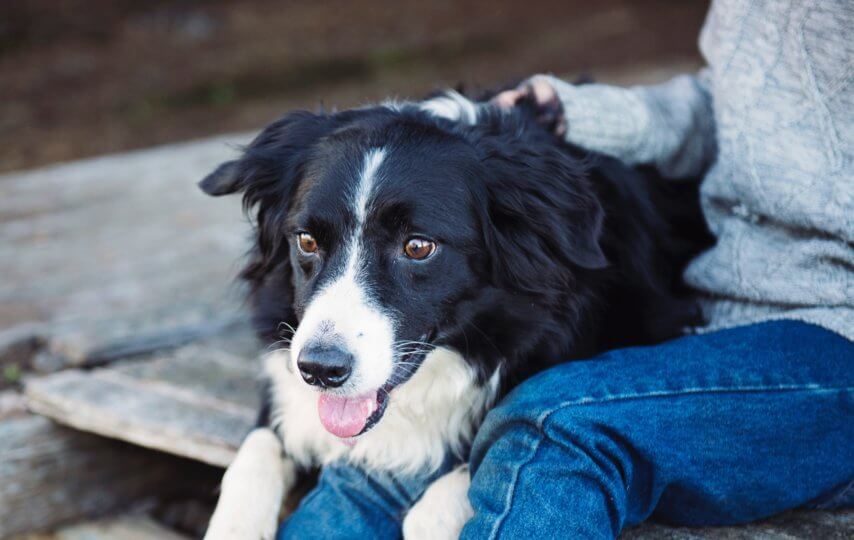A muscular dog can be a beautiful addition to every home. Proven by whether you are a seasoned income parent or a first-time user, it is important that the health and happiness of your canine companions are paramount. Below you will find some heard tips for all dog parents. And keep in mind: on the off chance that you’re considering bringing an unused pooch domestic, it would be ideal if you make a selection your, to begin with, a choice.
Exercise
Work out puppies require work out to burn calories, invigorate their minds, and remain sound. Individual training needs vary based on race or mix, gender, age, and health status. Exercise also helps dogs avoid boredom, which can lead to destructive behavior. Fun and supervised play will satisfy many of your pet’s instinctive digging, guarding, chewing, retrieving, and hunting needs. Walking your dog is also a great way to relieve some stress, as muscular breeds are more active. When walking your muscular dog, make sure you got a strong leash that won’t rip off with your buddy’s strength, you can find these leashes easily online on sites like Neewa.
Grooming
Keep your dog clean and reduce dandruff with frequent brushing. Check for fleas and ticks daily in hot weather. Most dogs don’t need bathing more than a few times in a year. Comb or cut any carpet from the fur before swimming. Gently rinse all the soap off the skin, otherwise the dirt will stick to the soap scum.
Feeding
Premium dry food provides balanced nutrition for adult dogs and can be mixed with water, broth, or canned food. Your dog may enjoy cottage cheese, boiled eggs, or fruits and vegetables, but these additives shouldn’t make up more than ten percent of his daily food intake.
- Puppies 8 to 12 weeks old will need four meals a day.
- Feed three to six-month-old puppies three meals a day.
- Give puppies two meals a day for six months to a year.
- By the time your dog reaches their first birthday, one meal a day is usually enough.
- For some dogs, including larger dogs or those who are prone to bloat, two small meals are best given.
Handling
To carry a puppy or small dog, place one hand under your muscular dog’s chest, with the forearm or other hand supporting the hind legs and rump. Never try to pick up or grab your puppy or small dog by the front legs, tail, or neck. If you must lift a large dog, lift it from below, supporting its chest with one arm and its butt with the other.
Medicines & Poisons
Never give your dog medication that hasn’t been prescribed by a veterinarian. If you suspect your muscular dog has ingested a poisonous substance, contact your veterinarian or the ASPCA Animal Poison Control Center for 24/7 information on animal poison.
Spraying & Neutering
The feminine dog must be neutered and men must be neutered at six months of age.
Dog Supply Checklist
- Premium dog food and treats
- Plate of food
- A bowl of water
- Grooming brush and comb including flea comb
- Licensed collar and ID tag
- Belt
- Carrier (for small dogs)
- Training box
- Dog bed or box with a towel or warm blanket.
- Dog toothbrush
- Toys, toys, and other toys, including safe chew toys
Housing
Your pet needs a warm, quiet place to rest, away from drafts and the ground. Ideally, a training crate or dog bed is ideal, with a clean blanket or pillow inside. Wash the dog’s bedding frequently. In case your dog spends a parcel of time outside, make beyond any doubt he has access to shade and bounty of cold water in a hot climate and a warm, dry, secured shelter in cold weather.
Licensing and Identification
Follow your community’s license terms. Make sure to put the license on your dog’s collar. Along with an ID and a microchip or an implanted tattoo, this can help ensure that your dog returns if lost.
Fleas and Ticks
Daily inspections of your dog for fleas and ticks during the hot season are important. Use a flea comb to find & remove fleas. There are a few better approaches to control insects and ticks. Conversation to your vet around these and other alternatives. Hopefully, after reading this article carefully, you’ll be able to take care of the health and growth of muscular dog smartly.



